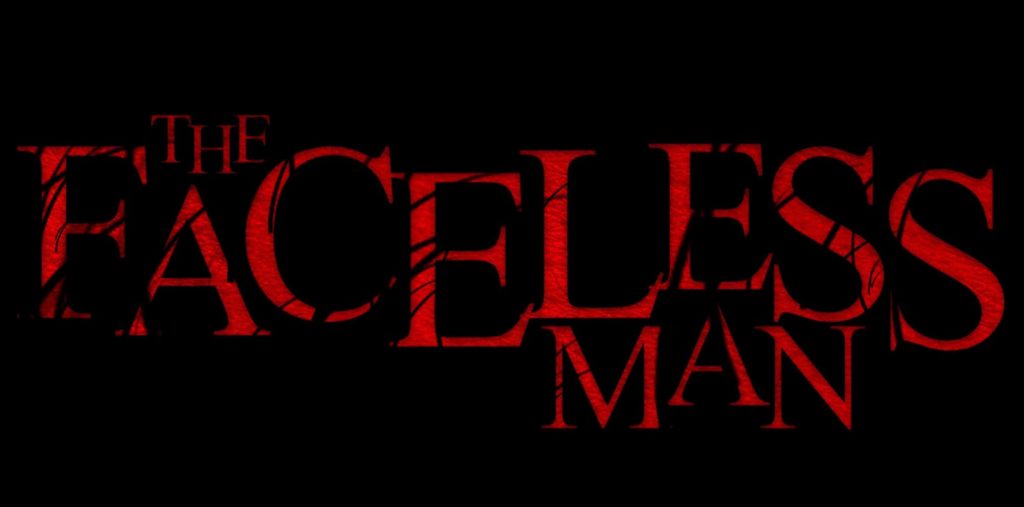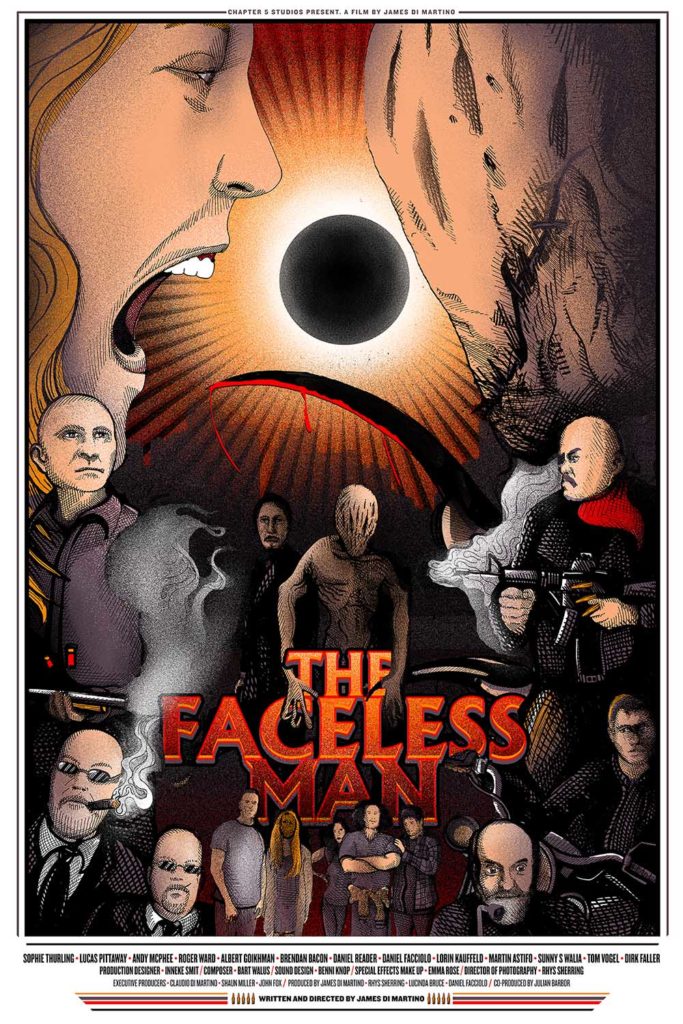
Horror films have a certain feel to them that make them iconic. The Faceless Man, an independent film written and directed by James Di Martino, “is a deconstruction of the horror movie trope.”
“The film aims to subvert expectations on the typical horror film, and flipping story beats on what you would typically watch,” Di Martino says ahead of his appearance at Supanova in Melbourne, next weekend.
“At its core, the film follows a cancer survivor haunted by her fears that manifest into a grotesque monster that may or may not be real. Throw in a wild bunch of friends that want to do nothing but party and a town of rednecks that have a very strict no drugs policy, and you’re in for a wild ride.”
 He pulls inspiration from many places like films such as Saw, Wolf Creek, Scream and Halloween, and draws on the film style of the ’80s and the Ozploitation genre (Aussie films like Mad Max made on a small budget).
He pulls inspiration from many places like films such as Saw, Wolf Creek, Scream and Halloween, and draws on the film style of the ’80s and the Ozploitation genre (Aussie films like Mad Max made on a small budget).
“I did draw on my personal experience with cancer and wanted to show the emotions of what one experiences by a monster. I also took this opportunity to put a lot of references to other horror films within this.”
Di Martino merges horror and comedy in an attempt to lighten the mood of the grim story. “Horror is a great way to showcase feelings and expressions. I wanted to evoke the feelings of cancer within a film in an entertaining way. Comedy should go hand in hand with horror to provide much-needed reassurance when the horror does arrive.
Di Martino notes that “writing and directing for me is the way to make a film”.
“No one knows the material better than me,” he says. “I am always open to suggestions and take on what I feel works, but at the end of the day, I know the film I want to make. I would only make films where I write and direct. I want to create the world and then have a clear vision to see that world become reality.”
“Everything about this film was a challenge… I was able to run a successful Kickstarter and get a private investor, but I also had to pour in a lot of my personal funds to get the film made. Making the film was brutal as well, as we dealt with a lot of restrictions. We had a lot of blood and gore effects and a lot of the crew were young. The shoot, in general, was very challenging and did feel like going to war with a lot of people. The flip side of this is everyone was very proud of the finished film.”
Di Martino had previously done a number of short films, but a feature film is a different kind of project entirely.
“This was a very big job. 200 people worked on the film; we had a lot of extras on multiple days. We had numerous problems with prosthetics and restrictions on budget we had to workaround,” he says. “To ensure everything is perfect for an audience is a very time consuming and tedious process. Working on the score alone took three months and the sound design took another three months. As the film was very ambitious, we learnt a lot and was one of the best experiences of my life.”









